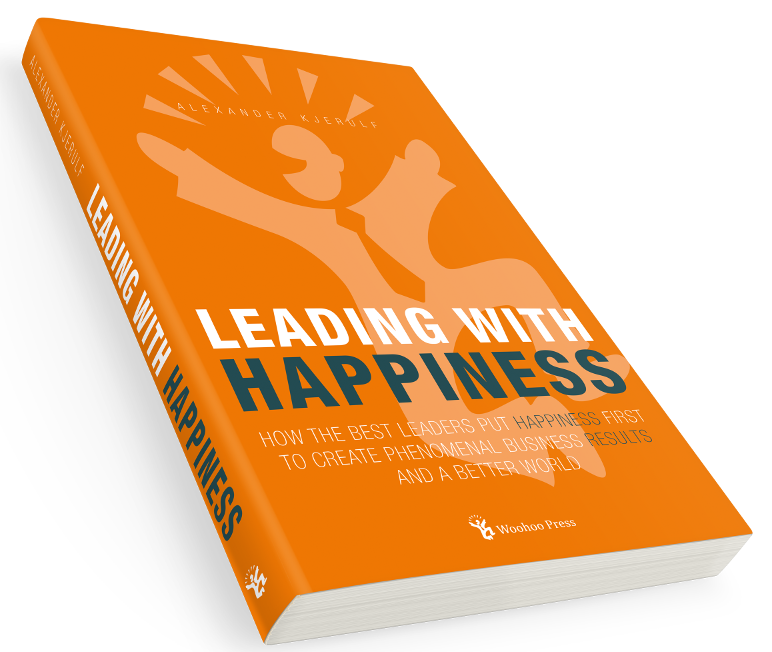Stephen Denning was faced with a task, which I do not envy him: He was charged with implementing knowledge management in huge and very conservative organization (the World Bank) which so far had not considered itself in the knowledge business.
This book is the story of how he did it – using stories. He found that whenever he used “traditional” presentations to present the idea of knowledge management and the changes necessary to implement it, he got nowhere. People were skeptical. However, when he used stories to convey the message, people’s attitudes changed, and they became much more positive.
True to this insight, the book presents very little concrete material on storytelling. This is not a how-to book, it is simply the story of Stephen Dennings experiences within the World Bank. And the format works.
Why does storytelling work so much better? Why did the stories enable people to embrace the changes, while traditional, right-hemisphere presentations left everybody focused on the problems and pitfalls? There are three reasons that appeal to me:
Stories evoke emotions.
Rational explanations can only adress our logical side. And the fact is, that we humans make decisions using our emotions. I saw a study some time ago, that document the fact, that when we buy a new car, we choose the car based on emotions, and then make up the rational explanations afterwards.
The world is imprecise.
As Stephen Dennings puts it “the world of organizations is complex, messy, fuzzy, irregular, asymmetrical, random, in continuuous disequilibrium“. Stories are able to embrace this fuzziness in a way that rational, logical explanations are not. Stories are in themselves fuzzy – the listener need not have the exact same mental image as the storyteller for the story to work. The logical approach will try and define exactly how the world is and how it should be, while stories have plenty of slack.
Stories co-create a future.
When you hear a story, you’re a part of the finished result – you’ve co-created it. This may make it easier to assume ownership, since it’s not forced upon you.
An important insight is the fact that the stories only worked when told “live”. They don’t seem to be nearly as effective on print or on video. Only when the stories are told one-on-one or to a larger audiende do they seem to truly work, and reach people hearts.
I recommend this book to anyone interested in a highly effective tool for creating positive change in an organization.



Leave a Reply